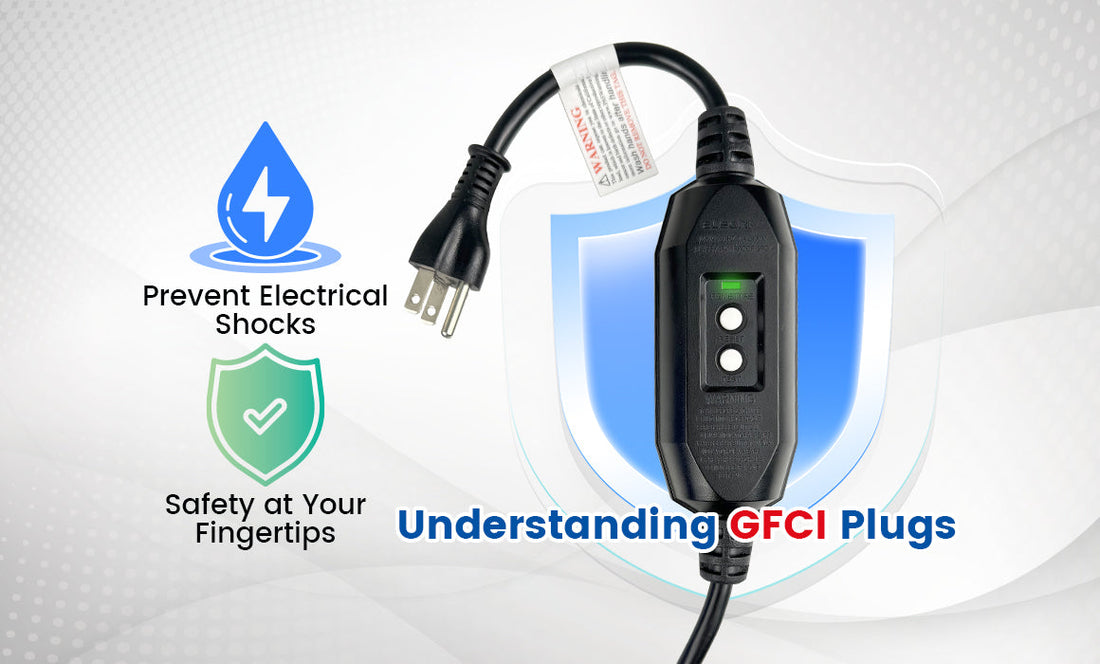What is a GFCI Plug?
A Ground Fault Circuit Interrupter (GFCI) plug is a crucial safety device designed to protect people from electrical shock. It monitors the flow of electricity and interrupts the circuit if it detects any imbalance, which can indicate a leakage of current—often due to faulty wiring or water exposure. This technology is essential for reducing the risk of electrical hazards, especially in wet areas like bathrooms, kitchens, and outdoor locations.
Why Do You Need a GFCI Plug?
GFCI plugs are vital for ensuring safety in areas where electrical appliances might come into contact with water. By cutting off power in milliseconds when a ground fault is detected, GFCIs significantly reduce the likelihood of serious injuries or fatalities caused by electrical shocks. Installing GFCI plugs is not only a best practice for safety but also a requirement in many building codes for specific locations.
Understanding the Buttons and LED Indicator

LED Indicator
Green: When the light is green, it signifies that the GFCI plug is functioning correctly and there are no electrical issues.
Red: A red light indicates that there is a fault or that the device requires a reset.
Off: If the indicator is off, it means that the GFCI plug needs to be reset to restore power.
Test Button: The Test button allows users to check the functionality of the GFCI plug. Regular testing is recommended—at least once a month. When you press the Test button, the LED indicator should turn off. If it does, it confirms that the GFCI is working correctly and can effectively protect against electrical shocks.
Reset Button: The Reset button is used to restore power after a fault occurs or when the Test button is pressed, which interrupts the circuit. Once the fault is addressed, pressing the Reset button will turn the LED indicator green again, indicating that the device is back to normal operation.



